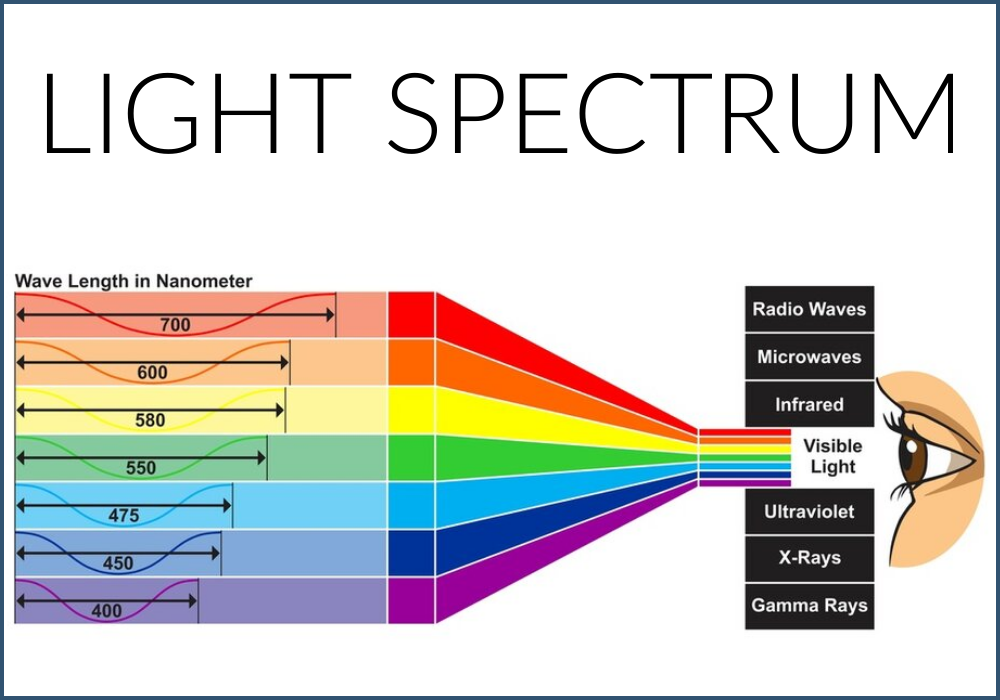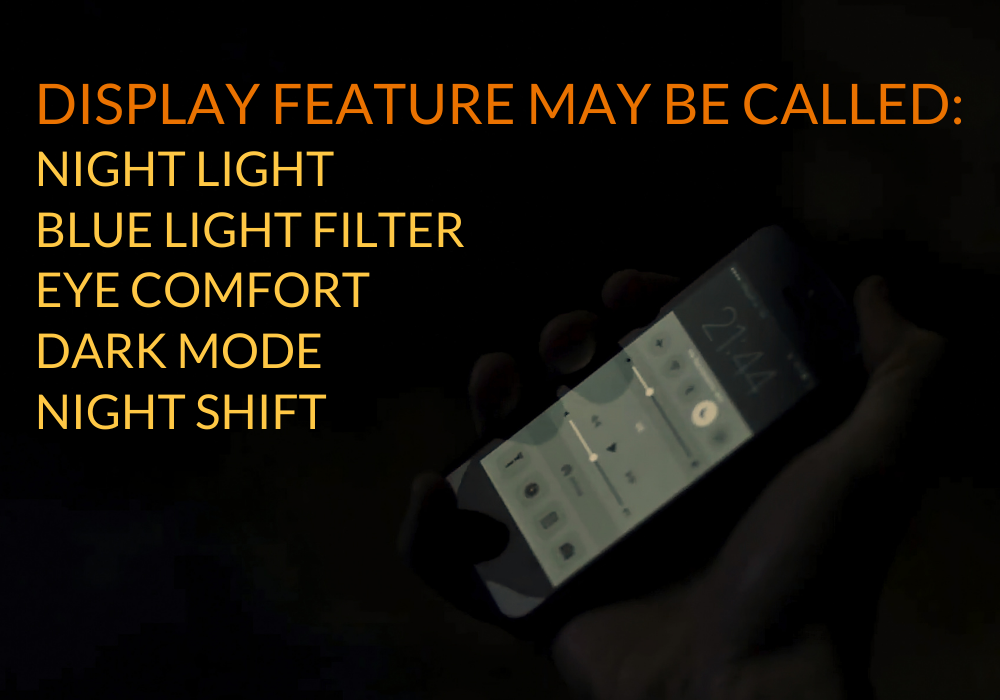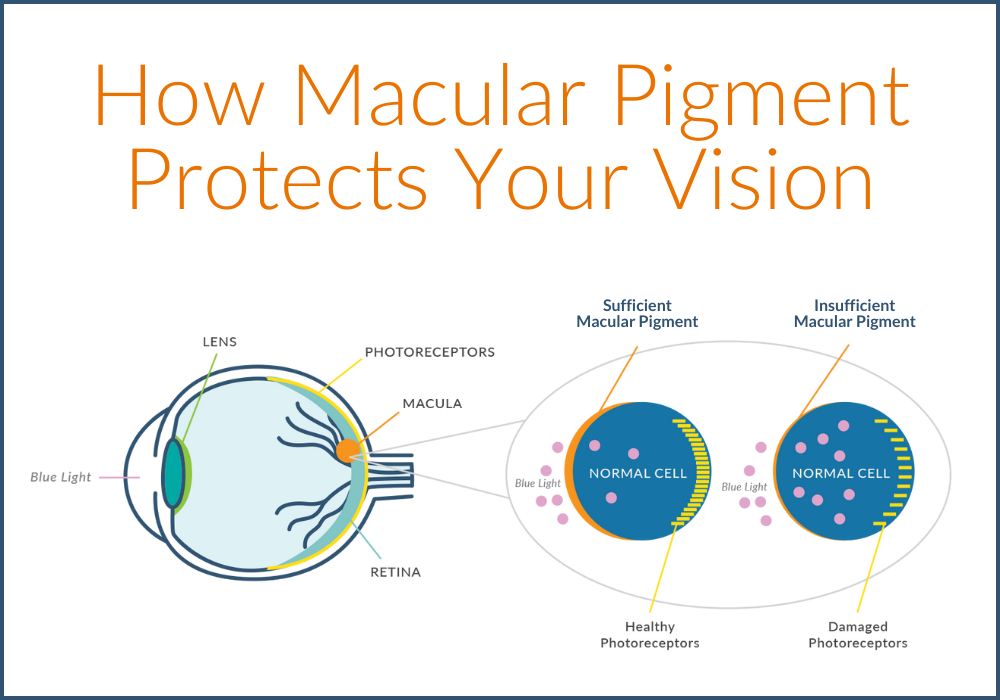Blue Blocking Lenses: Are They Worth It?
Posted by EyePromise on May 30th 2024
Blue light is one of the most buzz-worthy topics in eye health in recent years. Perhaps the pandemic brought to light the impact of blue light through extended screen time, which can lead to symptoms like eye strain, tired eyes, eye dryness, and even headaches. These symptoms may have been responsible for the influx of blue light glasses sales, but one neuro-optometrist in Virginia isn’t sure if they’re worth the hype.
Jacqueline Theis, OD, FAAO, shared her insights into the chatter behind blue light and blue light lenses, as well as her recommendations for protecting vision. First, we have to start with how the eye interacts with light.
Light and the Eye
There are different kinds of light spanning a wide spectrum that includes both visible and non-visible light. Non-visible light includes wavelengths like ultraviolet (UV) light, x-rays and infrared. These non-visible lights give off different energy levels, and those with higher-energy (shorter) wavelengths, like UV light, can be harmful to the eye and body. Although the eye is equipped to absorb UV light with the cornea and lens, cumulative exposure leads to damage, which is why you should always wear sunglasses with UVA and UVB protection.

Visible light helps us see the world around us, meaning that this type of light must reach the back of the eye where our sensitive visual cells live. As mentioned, different light wavelengths give off different levels of energy, and cooler colors have shorter, more energetic wavelengths. That’s where the term “blue light” comes from; it’s quite literally the blue section of the visible light spectrum. There are many different sources of blue light in our day to day lives, including the sun, digital screens, and LED and CFL lighting, and again, cumulative exposure can be harmful.
Is Blue Light Really That Bad?
Here’s where things get interesting. In her article, Dr. Theis stressed that much of the recent content has villainized blue light, but our bodies actually need blue light exposure to help regulate certain functions. For example, blue light from the sun triggers the production of cortisol, or the “wake” hormone, so our bodies recognize when it’s daylight and time to be awake. When the sun sets, it triggers the production of melatonin, or the “sleep” hormone, to let us know it’s time for bed.
So, this type of “bad” light is critical for our circadian rhythm, which plays a huge role in eye, brain, and overall health. That said, artificial lighting, specifically LED and CFL bulbs, can disrupt this natural pattern. Additionally, repeated unbridled blue light exposure can lead to oxidation, or damage, deep within the retina. These reasons are why so many have jumped on the blue light lens bandwagon as a solution.
Solutions for Blue Light

While blue light lenses seem like an easy choice, Dr. Theis explains that the lenses available only block about 33% of blue light at best. But we just said blue light is important for certain bodily functions, so letting some blue light through is good, right? If you consider when people are wearing blue light glasses (indoors), they’re letting in the light that’s disrupting their sleep vs. regulating it. However, there are other options for protection.
Using device settings can help reduce the amount of unwanted blue light reaching the back of your eyes. Dr. Theis explains that “night mode,” which is a setting on smart devices that yellows the display screen, can help reduce blue light emission by over 90%. It even comes with scheduling options, so you can set your device (smartphone, tablet, etc.) to shift automatically based on time of day.
An Unlikely Hero
Your eyes have natural blue light protection called macular pigment, and it sits deep within the eye and filters visible light before it reaches the visual cells. The macular pigment is designed to filter blue light specifically, only allowing the necessary amounts to reach those sensitive cells. However, macular pigment must be maintained through diet, and few get the nutrients necessary to sustain adequate protection.

Many eye care professionals prescribe eye vitamins for their patients to help maintain their natural internal protection. With supplementation for blue light protection, you’re getting 24/7 protection the way nature intended, so you’re still getting the “good” without the potential dangers of the “bad.” It’s important to take an eye vitamin that has the right mix of ingredients, including at least8 milligrams of a nutrient called zeaxanthin. Studies show that these levels of dietary zeaxanthin are most beneficial for building internal protection.
Learn more about the types of zeaxanthin.
Like most things, moderation is key to enjoying the benefits and avoiding the pitfalls of blue light. By taking a daily eye vitamin with enough zeaxanthin, you can ensure your eyes are getting the protection they need. EyePromise is the only line of eye vitamins delivering the levels of dietary zeaxanthin needed to support your macular pigment. Read more on why EyePromise is different with our zeaxanthin.

